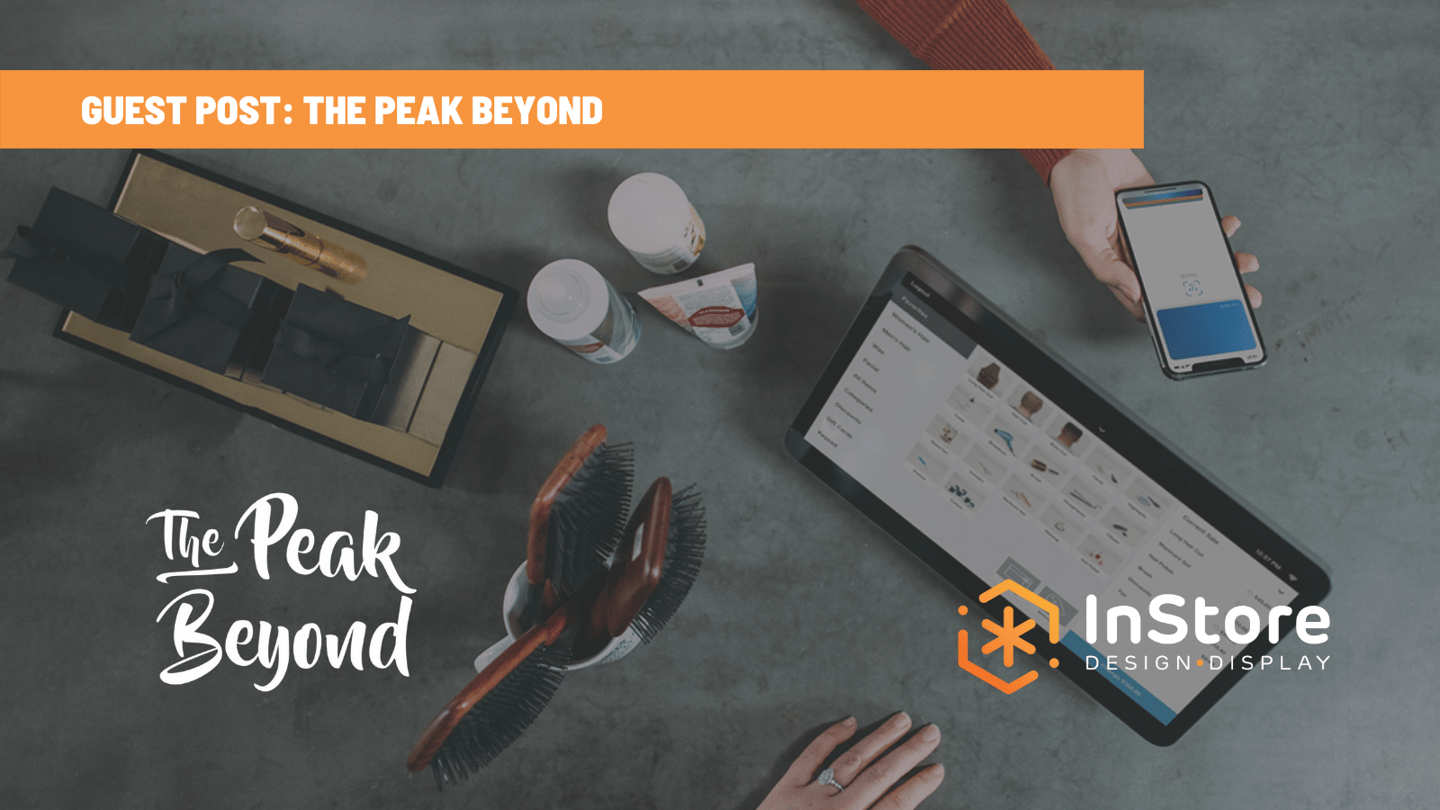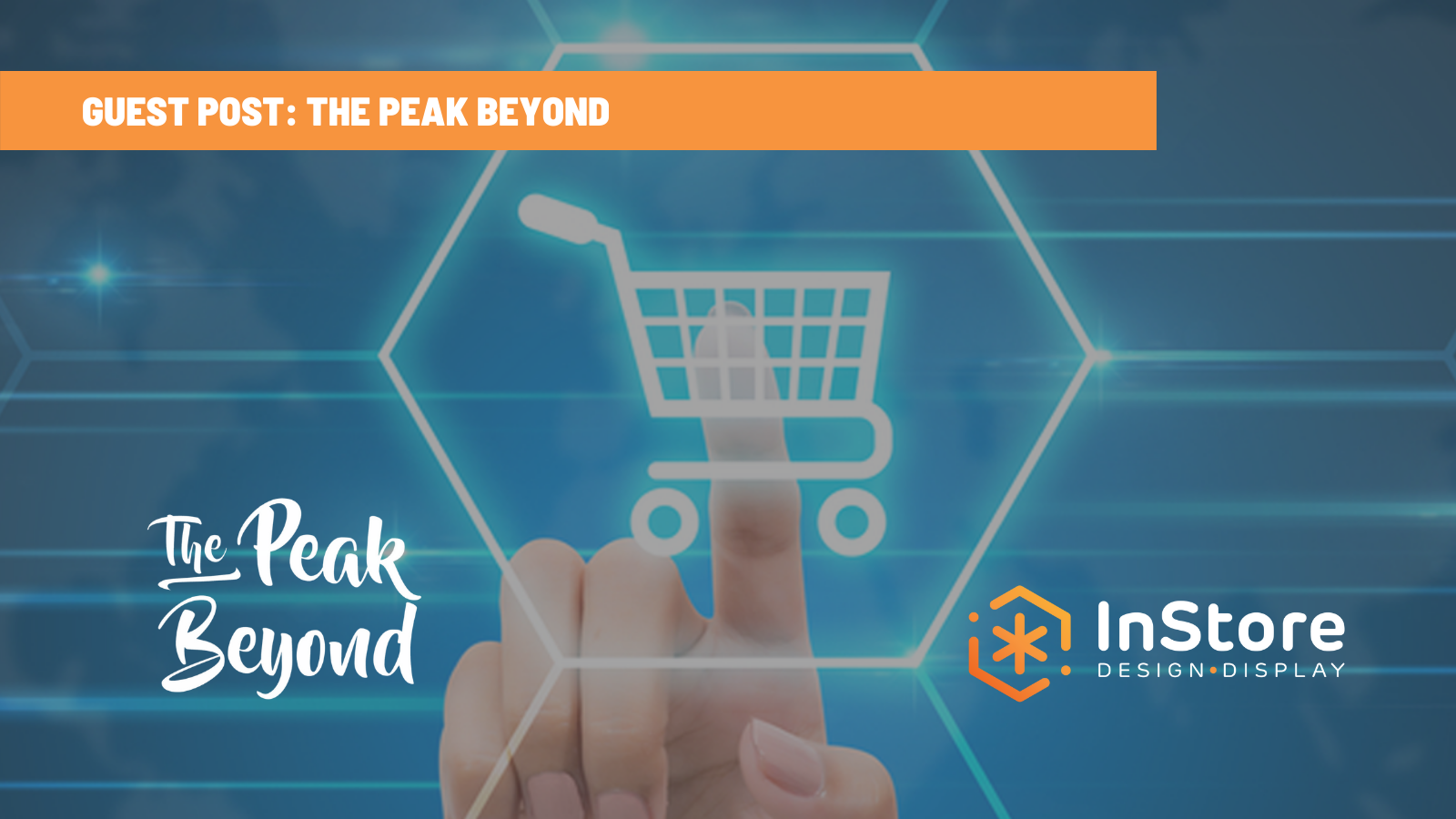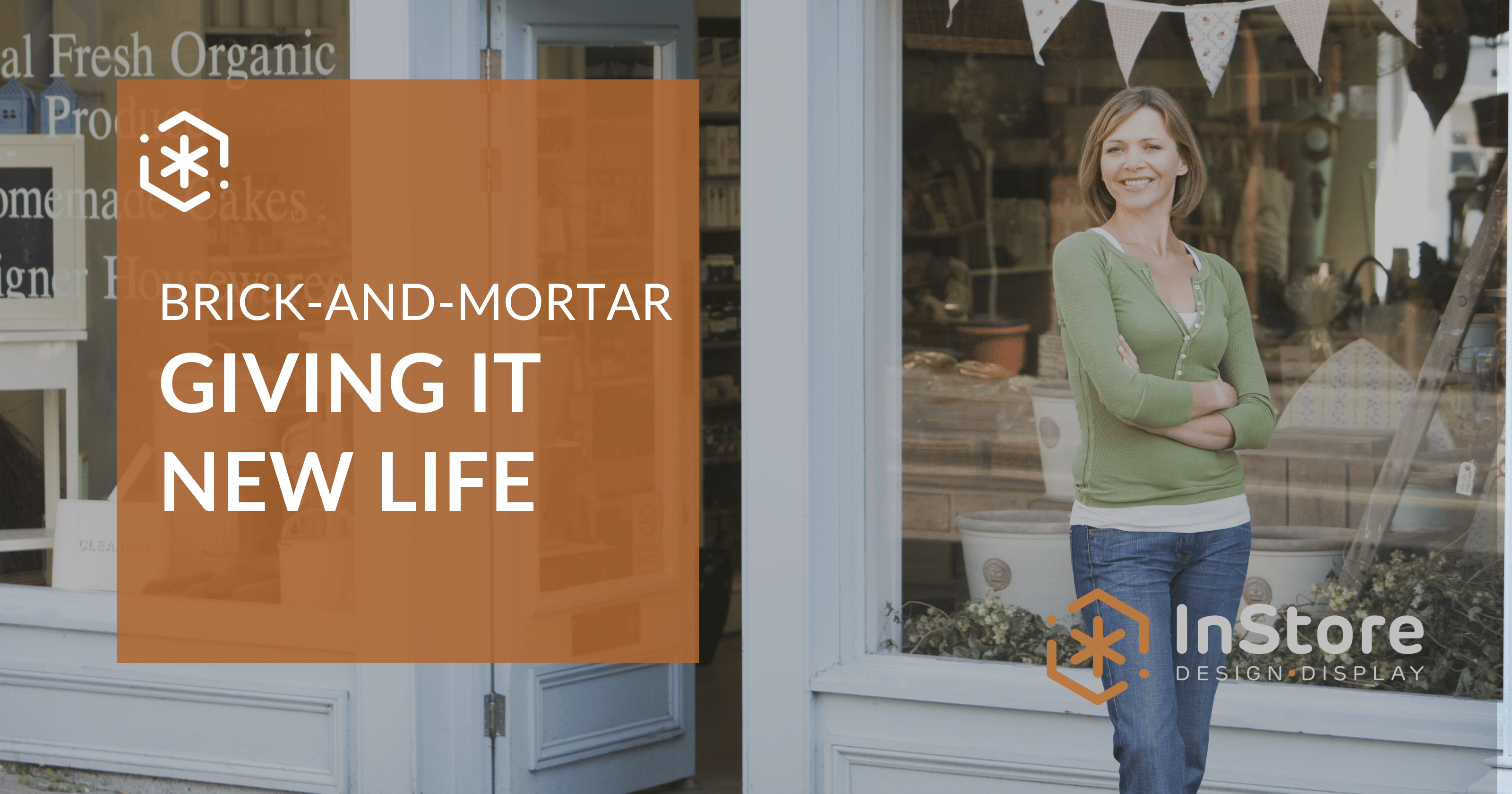
4 Key Actions to Adapt to the Future of Consumer Experience in Retail
The Peak Beyond is a maker of interactive retail technology that connects with an at-home and mobile e-commerce platform and powers a seamless customer experience, increased loyalty, and more sales. As partners, we have combined IDD's know-how in retail displays with The Peak Beyond's expertise in technology to build more engaging and educational displays for the cannabis industry. In the third post of this series, you'll learn how customer experience is driving an evolution in product displays.
Customer demands shape the future of retail. Technology is the key for retailers that are ready to adapt to these demands.
Customer experience is at the heart of retail—in brick-and-mortar and online. It is the core of retail, the cornerstone that will make or break the success of any shop. Customer experience (CX) refers to the way a company engages with its customers at every point of their online or offline buying journey, from the first time they become aware of the brand, to marketing, sales, loyalty programs, and more.
When it comes to brick-and-mortar retail, we are witnessing a major cultural shift right before our eyes with consumer behavior at the center. Since early 2020, most retailers followed their customers online, where shoppers were spending most of their time. Recent changes in retail shaped an entirely new future for our industry, a future in which CX takes the central stage. Read on to learn about the key actions you can take right now to set yourself up for success.
1. Go Digital
The pandemic shopping prompted a shift to online channels in the retail industry.

Image via Digital Commerce360
Web penetration and online sales have increased dramatically. While brick-and-mortar retailers pivoted to eCommerce, shoppers became accustomed to purchasing everything online, from groceries to DIY supplies and from camping gear to cannabis. Online shopping has become second nature to almost everyone. It is woven into the normal cadence of life that most of us could do it blindfolded.
As customers now expect digital-first experiences, even in physical shops, retailers are investing more in digital technology-based solutions. Today’s top-performing physical stores drive traffic to eCommerce shops and the latter drive customers back to your store.
A zero-friction, seamless retail experience will turn occasional visitors into loyal customers.
2. Innovate Omnichannel Experiences
When the first eCommerce platforms were created, the goal was to create them to look and feel similar to the in-store experience. That’s why we use terms like “shopping carts” for online and physical shops.
In an effort to replicate the pleasure of shopping, online stores even added virtual sales clerks or chat bots. Because they knew that, just like in a brick-and-mortar store, the more engaging the experience, the more time the user will spend in the shop and the more they will buy.
It is fascinating to see how innovation is now happening in reverse. By bringing digital touchpoints into your physical store to offer your customers the experience they have grown accustomed to at home. Use a comprehensive data ecosystem from both your physical and your online shops to reward loyal customers and get to know them better.
3. Make Shopping Safer for Everyone
Even as more people are vaccinated, safety while shopping will still be a priority.
74% of consumers say that safe and contactless checkout is the thing that makes them feel safer while shopping. Another aspect to take into consideration is reducing the crowds in your shop and the time people wait in line.
Technology can help.
Smart stores that utilize interactive displays reduce unnecessary or unwanted human interaction by empowering the consumer to build a digital cart as they browse products around the store. By submitting a digital cart, customers can avoid waiting in long lines just to speak with a sales clerk or pay for their order. Instead, customers simply shop, submit, pay and leave.
An omni-channel retail experience combines eCommerce, mobile ordering, and in-store shopping in one seamlessly connected system while reconnecting shoppers to the pleasure of shopping, while keeping them safe.
4. Analyze the Performance of Your Store and Tweak as Needed
Smart retailers are reimagining the role of physical stores. They are no longer purely utilitarian. Today, people can visit a shop for a variety of reasons: to experience the products firsthand, to enjoy the environment, to get out of their house for a fun activity, to support local businesses, or to save on delivery fees.
Consumer behavioral data analytics will provide you with the information you need to monitor the performance of your store and course correct in, virtually, real-time. For example, by analyzing foot traffic, purchases made, the number of interactions between a customer and your brand before purchase, you will also understand what the best destination for your physical location is. These insights will also help you create new models for the customer journey and optimize your marketing and sales efforts.
The future of CX will have one constant: change. If you want to adapt to the needs of your customers and offer state-of-the-art experiences—now and in ten years’ time—you need to be agile enough to pivot fast when the market demands it, be open to customer feedback, and make change a constant in your retail business.
Subscribe Here
Stay up-to-date on what's happening on our podcast and blog.



